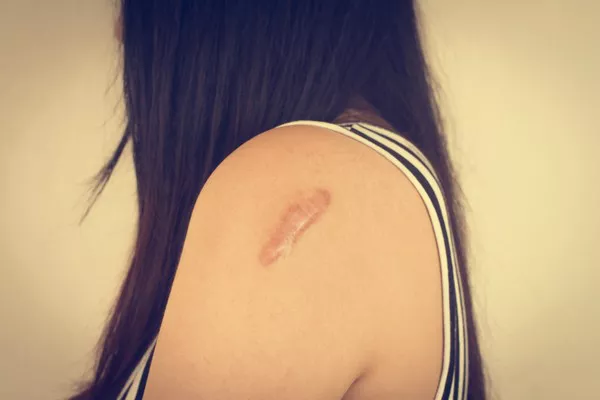A Cesarean section (C-section) is a surgical procedure commonly performed to deliver a baby when a vaginal birth is not possible or safe for the mother or the baby. Following a C-section, proper wound healing is crucial to prevent complications and ensure a full recovery. Occasionally, the incision made during the procedure may open inside, resulting in an internal wound dehiscence. In this article, we will explore the signs and symptoms that may indicate an opened C-section incision inside the body and discuss the importance of seeking medical attention if such symptoms arise.
Understanding C-Section Incision Healing
After a C-section, the incision is closed using sutures or staples to bring the layers of the abdominal wall together. The healing process involves the formation of scar tissue, which provides strength and stability to the incision site. The outer layer of the incision typically heals first, while the deeper layers take longer to heal.
Internal Wound Dehiscence
Internal wound dehiscence occurs when the deeper layers of the C-section incision, such as the muscle and connective tissue, separate or open. This can be a serious complication that requires prompt medical attention. While the outer incision site may appear intact, internal wound dehiscence can lead to various complications, including infection, delayed healing, and the potential for further injury to internal structures.
Signs and Symptoms
Increased Pain or Discomfort: One of the initial signs of an opened C-section incision inside may be an increase in pain or discomfort around the incision area. This pain may be different from the usual post-operative pain experienced immediately after the surgery. It may be localized or diffuse and can range from mild to severe.
Swelling or Redness: An opened C-section incision inside may cause localized swelling or redness around the incision site. This may be accompanied by warmth or tenderness when touched. It is important to note that some swelling and redness are common in the early stages of healing, but if these symptoms worsen or persist, it could indicate a problem.
Fever or Chills: The presence of a fever or chills can be an indication of an infection, which can be associated with an opened C-section incision inside. A fever is generally defined as a body temperature above 100.4°F (38°C). It is important to monitor body temperature regularly, especially if other symptoms are present.
Abnormal Drainage: Unusual or foul-smelling discharge from the incision site can be a sign of an infection or an opened incision inside. Normal post-operative drainage is typically clear or slightly pinkish. However, if the drainage becomes yellow, green, or pus-like, it may indicate an underlying problem.
Delayed Healing: While some delay in healing is expected after a C-section, if the incision site is not showing signs of improvement or if there is a sudden regression in the healing process, it could be an indication of an opened incision inside. Slow healing or the presence of new or increasing wounds may require medical attention.
Visible Separation: In some cases, a visible separation or gap in the incision area may be observed. This can appear as a small opening or a wider wound. It is important to note that this sign may not always be present, as the opening may be internal and not visible externally.
Seeking Medical Attention
If any of the above signs and symptoms are present or if there is a concern about the C-section incision healing, it is crucial to seek immediate medical attention. Prompt evaluation by a healthcare professional, such as an obstetrician or a healthcare provider, can help diagnose and address any complications associated with an opened incision inside.
It is advisable not to delay seeking medical care, as early intervention can help prevent further complications and promote proper healing. The healthcare provider will perform a thorough examination, potentially including imaging tests or laboratory investigations, to assess the extent of the wound opening and determine the appropriate treatment plan.
Conclusion
Proper healing of a C-section incision is essential for the overall well-being and recovery of the mother. While rare, an opened incision inside can occur, leading to complications and delayed healing. Recognizing the signs and symptoms of an opened C-section incision inside, such as increased pain, swelling, abnormal drainage, fever, delayed healing, or visible separation, is crucial. Seeking immediate medical attention when these symptoms arise is important to ensure timely diagnosis and appropriate management. By being aware of these signs and taking prompt action, potential complications associated with an opened C-section incision inside can be addressed effectively, promoting a healthy recovery for the mother.
[inline_related_posts title=”Related Topics” title_align=”left” style=”list” number=”3″ align=”none” ids=”454,447,460″ by=”categories” orderby=”rand” order=”DESC” hide_thumb=”no” thumb_right=”no” views=”no” date=”yes” grid_columns=”1″ post_type=”” tax=””]

































